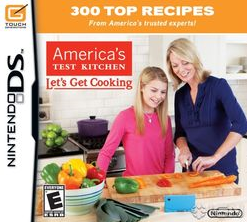We tested a hardware-store propane torch against petite kitchen torches fueled by butane.
The propane torch, with its powerful flame, caramelized the sugar quickly and easily, but admittedly, it’s not for the faint-hearted. Although easy to wield, a propane torch puts out a lot of heat and works in just seconds, so you must work very carefully. (In contrast, the kitchen torches took about 1 1/2 minutes to brûlée each custard.) If you opt for a propane torch, make sure to buy a model with a built-in trigger that does not need to be held in place for the torch to remain lit.
Among the four butane-powered kitchen torches we tested, only two are worth owning. They have a plastic flame adjuster that is clearly marked and stayed cool enough to handle without burning our fingers. These torches were also the easiest to operate. Our favorite model requires only one hand to operate and is triggered by the thumb rather than the forefinger, which we found far more comfortable than our runner-up. Also, the safety switch can be flicked off with the thumb, which is much easier than the two-handed pull-push trick required by the second-place finisher.
The remaining models had flaws. The safety lock on one was difficult to engage and the air intake port became red-hot with use. The metal flame-width adjuster on another must be held in place during use, but it became very hot to the touch. Finally, although the final product generated the most powerful flame of the kitchen torches tested, testers needed to use both hands to switch it on and found its large size awkward.













